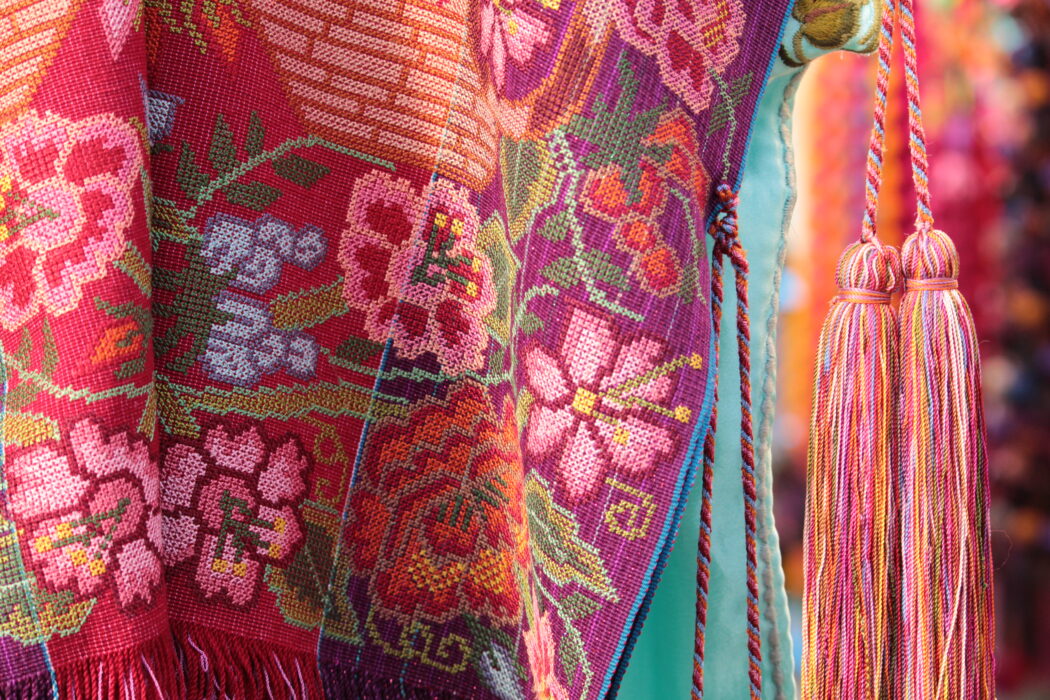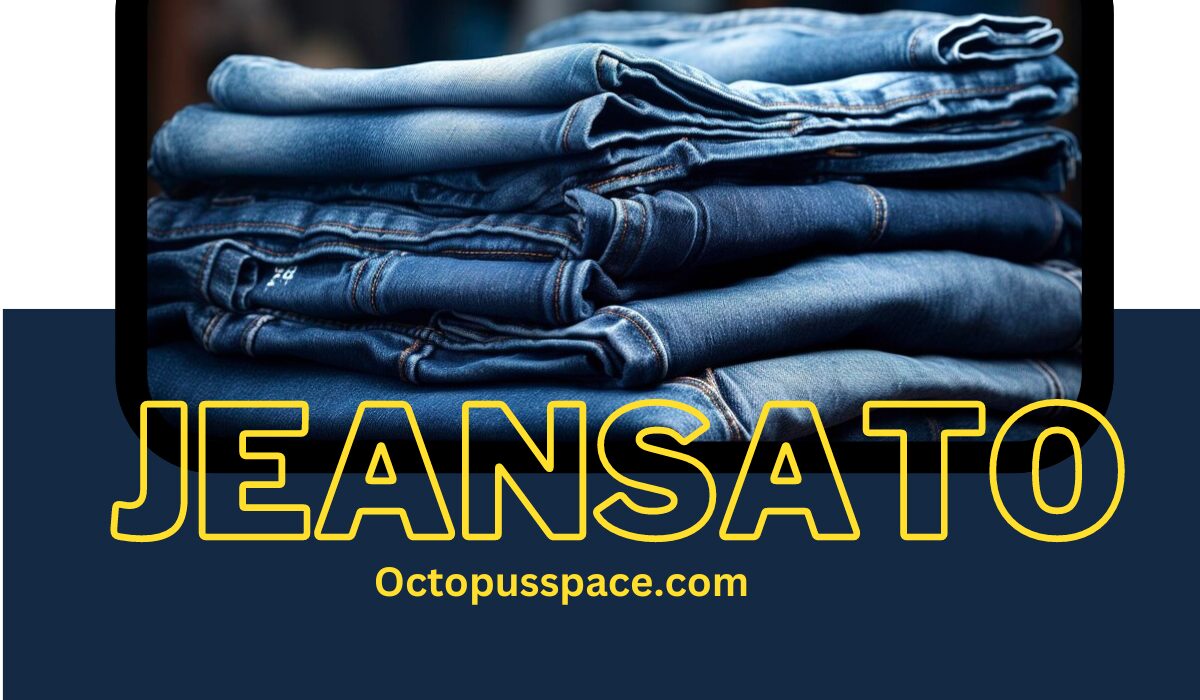Technological Advancements in Fabrics
Fabrics have come a long way from the traditional materials our ancestors used. Instead of relying solely on wool, cotton, or silk, modern textiles are infused with cutting-edge technologies that make them far more durable, functional, and versatile. For instance, moisture-wicking fabrics have become a staple in activewear, drawing sweat away from the body to keep the wearer comfortable even during intense physical activity. Similarly, garments with integrated UV protection offer an additional layer of safety, blocking harmful ultraviolet rays from reaching the skin. The textile sector is experiencing a significant change due to the integration of advanced characteristics. Imagine wearing clothes embedded with sensors that can monitor your health metrics or even deliver medications directly through the fabric. Such innovations could soon become mainstream, making today’s garments look primitive in comparison. One fascinating development is spandex material, which offers exceptional stretchability and durability and is ideally suited for various applications ranging from sportswear to medical garments.
The Rise of Performance Fabrics
One of the most significant trends in textiles is the rise of performance fabrics. These specialized materials offer benefits such as enhanced breathability, stretchability, and protection against environmental factors. Performance fabrics are particularly favored in the sportswear and outdoor gear industries, where the demand for high-functioning, comfortable, and durable clothing is ever-present. The global market for performance fabrics is expected to grow substantially in the coming years. Data from Forbes indicate that consumer demand for better, more functional clothing and gear is a major driving force behind this surge. People want clothes that keep up with their active lifestyles without sacrificing comfort or style. Imagine hiking in a jacket that keeps you warm, repels water, and resists wind while being lightweight and easy to pack. These are the innovations that performance fabrics are bringing to the market.
Sustainability in Textile Technology
Sustainability is no longer just a buzzword in the textile industry; it’s a pressing necessity. As the environmental impact of traditional textile production becomes more glaringly apparent, companies are increasingly looking for ways to create eco-friendly materials. It has led to a surge in innovations aimed at recycling old fabrics into new ones, using biodegradable materials, and significantly reducing water consumption during production. Eco-friendly textile technologies benefit the planet and resonate strongly with today’s environmentally conscious consumers. Many people actively seek products with a lower environmental footprint, and the textile industry responds to this demand. Some companies choose organic cotton, which is cultivated without harmful pesticides, and consumes less water than conventional cotton. Other firms are exploring using recycled polyester from post-consumer plastic bottles, effectively turning waste into high-value products.
Applications Beyond Fashion
While many people associate high-tech fabrics primarily with fashion and sportswear, their applications extend far beyond these sectors. In healthcare, for example, innovative textiles are used to create garments that can monitor vital signs, deliver medications, and even assist in treating chronic conditions. These smart textiles could transform patients’ care, offering instant health tracking and individualized treatment choices. The automotive industry is also exploring advanced textiles to enhance comfort and safety within vehicles. Think about car seats that automatically adjust to your optimal ergonomic posture or upholstery that can change color or texture based on your preferences. The agriculture sector is another area that sees the benefits of high-tech textiles. Farmers use textiles for crop protection, soil improvement, and irrigation management. The versatility of innovative fabrics means their potential applications are virtually limitless, limited only by our imagination.
Barriers to Adoption
Despite the numerous benefits of advanced textile technologies, several barriers hinder their widespread adoption. Cost is a significant factor. The cost of manufacturing high-tech fabrics is typically higher than traditional materials, resulting in limited affordability for many consumers. Additionally, there is the challenge of consumer awareness. Not all potential users know the myriad benefits of innovative fabrics, from enhanced durability and functionality to sustainability. Overcoming these hurdles requires concerted efforts in education and marketing. Companies must invest in consumer education campaigns highlighting the advantages of high-tech fabrics, making it easier for consumers to make informed purchasing decisions. Moreover, regulatory approvals and industry standards must keep pace with rapid technological advancements to ensure these new materials are safe, effective, and consistently high quality.
The Role of Research and Development
Research and development (R&D) is crucial in driving innovations in the textile industry. Numerous businesses allocate significant funds to R&D to remain at the forefront and adapt to changing consumer needs. Collaborative efforts between textile manufacturers, research institutions, and technology companies are essential for advancing fabric technologies and bringing new products to market. Ongoing studies aim to develop more sustainable, functional, and cost-effective fabrics. For example, researchers are exploring using nanotechnology to create textiles with enhanced properties, such as self-cleaning capabilities and superior strength. The synergy between R&D efforts and market needs will continue to drive the evolution of textiles, ensuring that the industry remains at the forefront of technological innovation.
Future Trends to Watch
The textile industry is poised for several exciting developments shortly. One trend to watch is the rise of smart textiles, which incorporate digital components directly into fabrics. Picture yourself in a shirt that can monitor your fitness levels, track your heart rate, and adjust to temperature changes for optimal comfort. These smart textiles have the potential to transform the way we interact with our clothing, making it more functional and personalized than ever before. Another trend to watch is the integration of blockchain technology for better supply chain transparency and authenticity verification. Blockchain can offer safe and unchangeable documentation of a garment’s process from raw material to final product, guaranteeing that customers get authentic, top-notch products. As consumer expectations evolve, so will the technologies that meet these needs, driving continual innovation in the textile industry.





